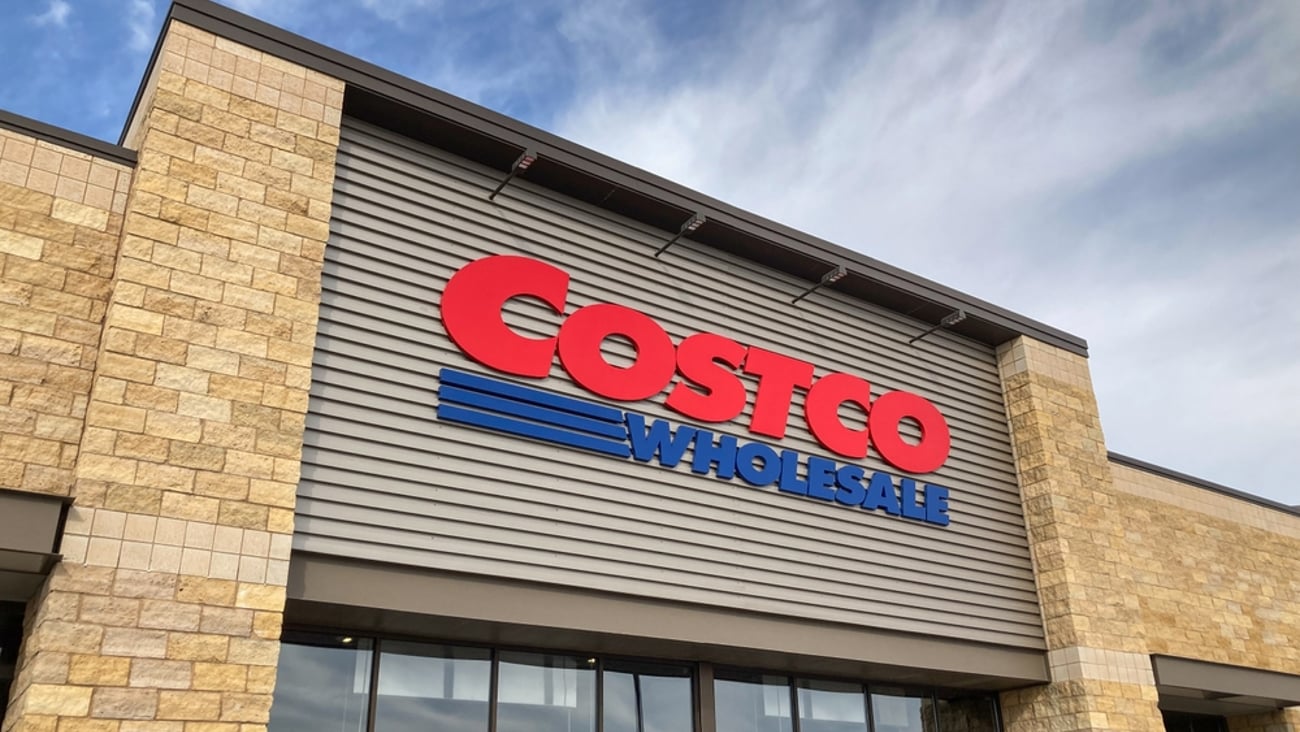
High Investor Confidence: Costco’s high P/E ratio of 54.69 indicates strong investor confidence in its future earnings potential.
Efficient Cash Conversion: The enterprise value to operating cash flow ratio of 33.97 suggests efficient conversion of sales into cash flow.
Financial Stability: A low debt-to-equity ratio of 0.09 indicates Costco’s minimal reliance on debt financing, highlighting its financial stability.
Costco Wholesale Corporation, listed on NASDAQ:COST, is a leading global retailer known for its membership-only warehouse clubs. The company offers a wide range of products, from groceries to electronics, at competitive prices. Costco competes with other retail giants like Walmart and Amazon. Recently, MILLERCHIP GARY, the Executive Vice President, sold 1,100 shares of Costco’s common stock at approximately $940 per share.
Despite this sale, Costco remains a strong player in the retail market. The company’s price-to-earnings (P/E) ratio is 54.69, indicating that investors are willing to pay $54.69 for every dollar of earnings. This high P/E ratio suggests strong investor confidence in Costco’s future earnings potential. Additionally, the price-to-sales ratio of 1.58 shows that investors are paying $1.58 for every dollar of sales, reflecting the company’s robust sales performance.
Costco’s financial health is further supported by its enterprise value to sales ratio of 1.54, which highlights the company’s valuation relative to its sales. The enterprise value to operating cash flow ratio is 33.97, indicating how the company’s valuation compares to its cash flow from operations. This suggests that Costco is efficiently converting its sales into cash flow, a positive sign for investors.
The company’s earnings yield stands at 1.83%, providing a measure of the return on investment. This yield is the inverse of the P/E ratio and offers insight into the potential returns for investors. Costco’s debt-to-equity ratio is 0.09, indicating a low level of debt compared to its equity. This low ratio suggests that Costco is not heavily reliant on debt financing, which is a positive indicator of financial stability.
Costco’s current ratio is 0.997, showing that its current assets are nearly equal to its current liabilities. This balanced liquidity position suggests that the company can meet its short-term obligations without financial strain. As highlighted by CNBC’s Kate Rooney, Robinhood’s new subscription strategy draws inspiration from successful models like Costco, underscoring the company’s influence in the retail sector.

